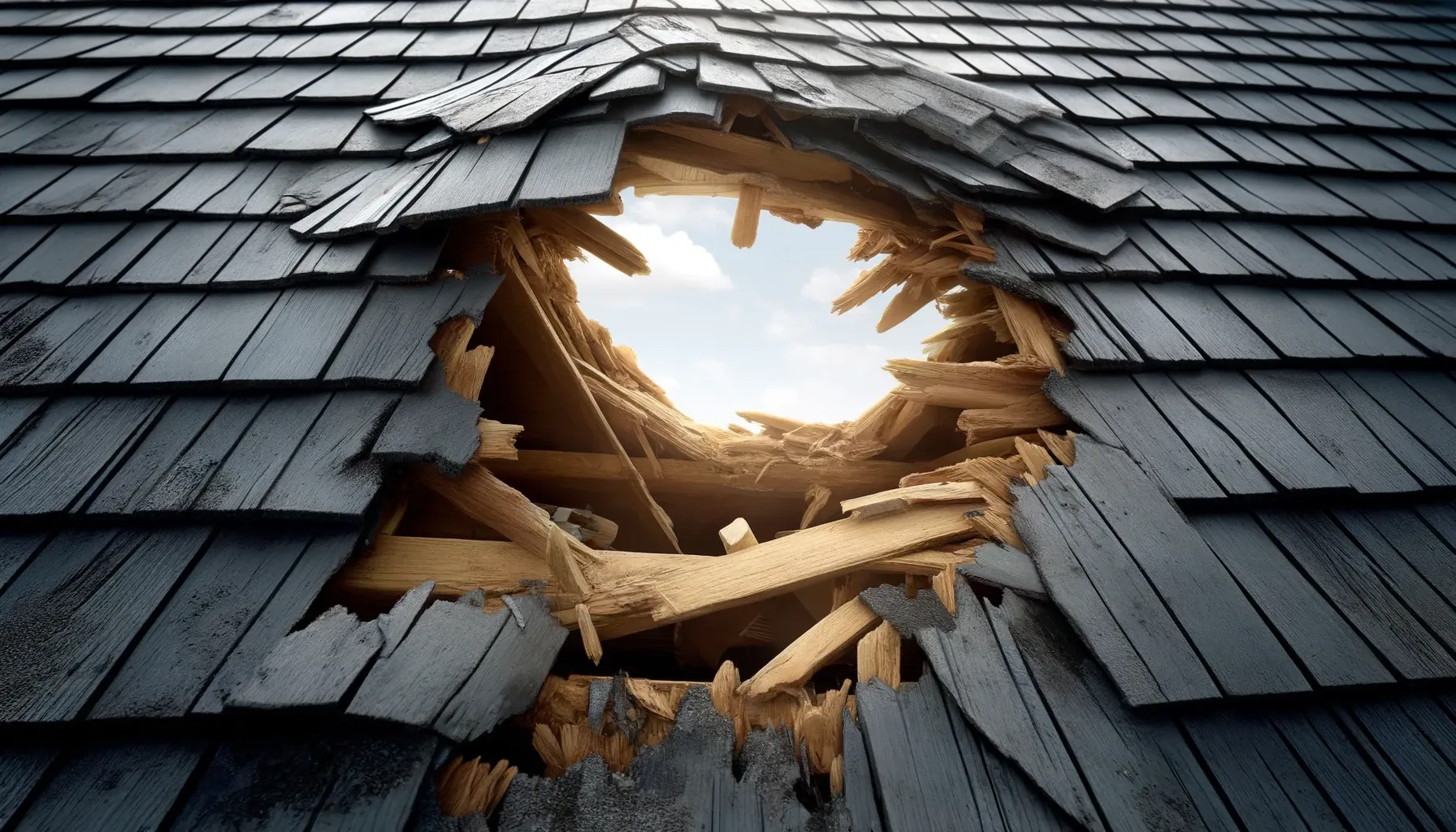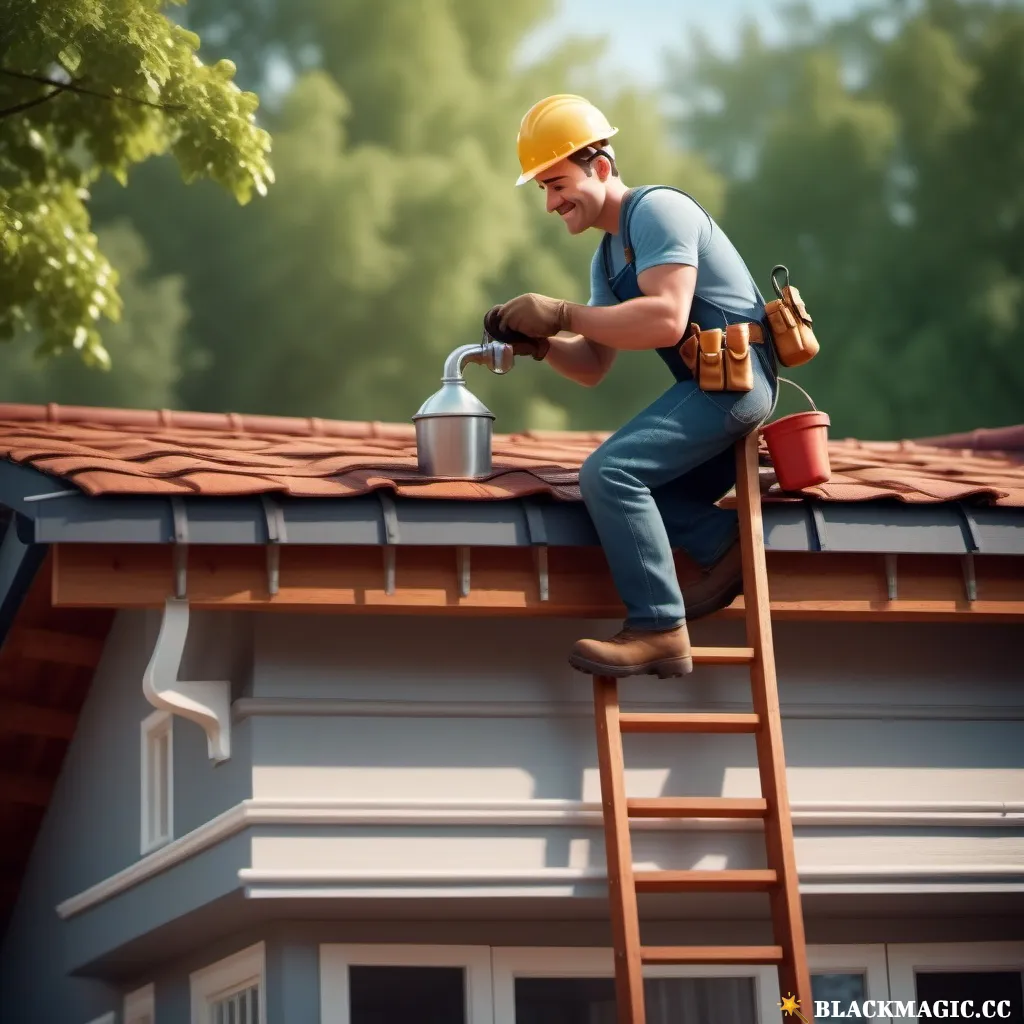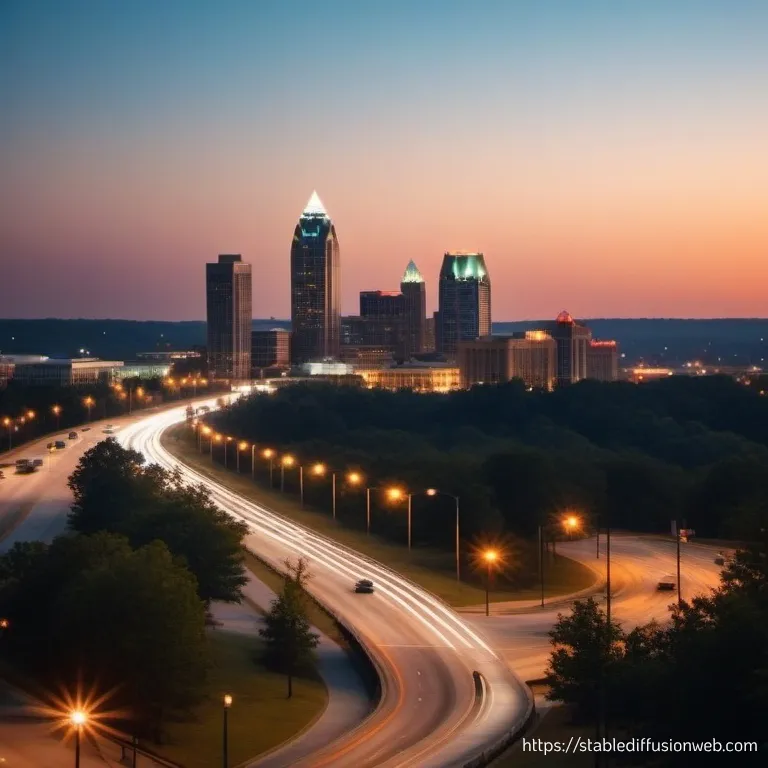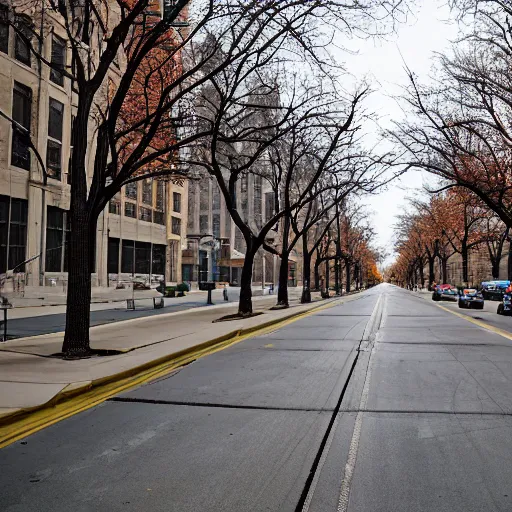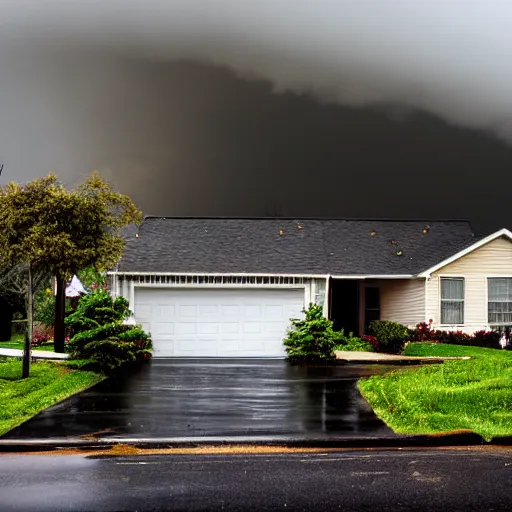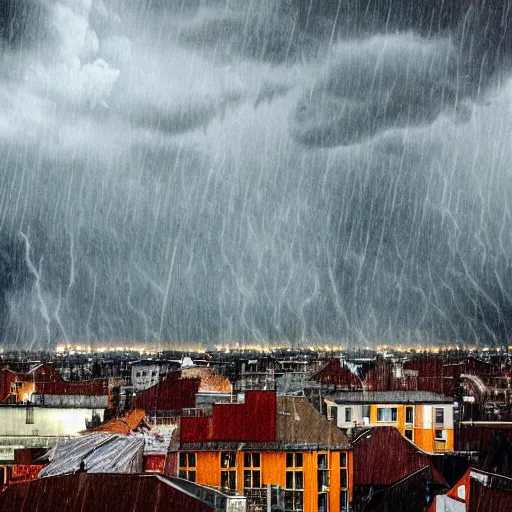Common Causes of a Leaking Roof: Understanding the Culprits Behind Your Drips
Ah, the dreaded leaky roof! In this friendly and informative article, we'll explore the common causes of a leaking roof.
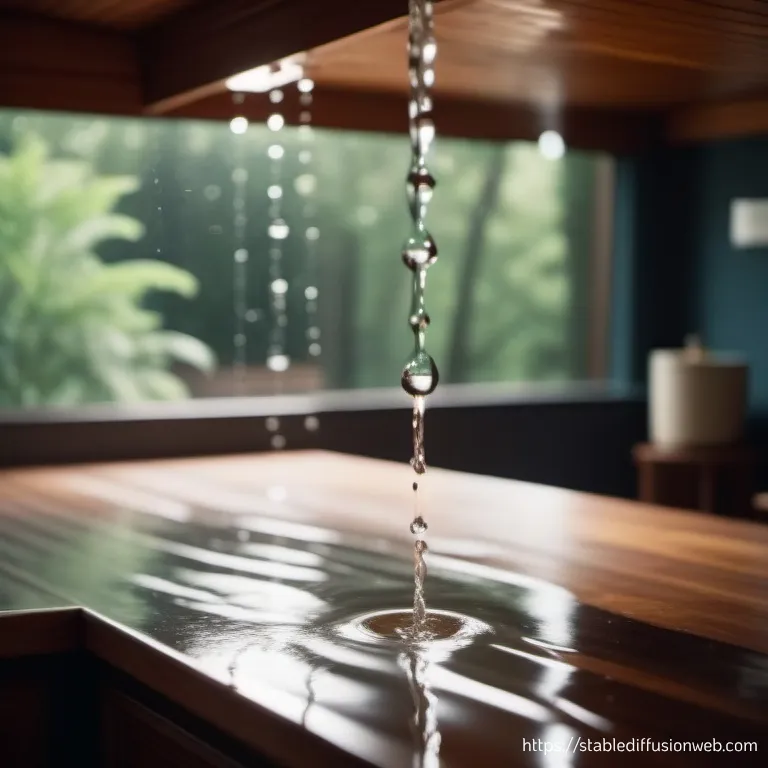
By understanding these culprits, you'll be better equipped to identify and address the source of those pesky drips. Let's dive in and uncover the reasons behind your leaky roof.
Damaged or Missing Shingles
One of the most common causes of a leaking roof is damaged or missing shingles.
Ever time, shingles can deteriorate due to age, severe weather, or improper installation. When shingles become cracked, curled, or loose, they can allow water to penetrate the roof and cause leaks.
Faulty or Damaged Flashing
Flashing is the material used to seal joints and transitions on your roof, such as around chimneys, vents, or skylights.
If the flashing becomes damaged, corroded, or improperly installed, it can create gaps where water can seep in. Faulty flashing is a frequent culprit behind roof leaks.
Clogged Gutters and Downspouts
Clogged gutters and downspouts can lead to water backing up onto your roof. When debris accumulates in the gutters, it can prevent proper drainage and cause water to pool on the roof's surface.
This excess water can find its way into your home, resulting in leaks and water damage.
Damaged Roof Valleys
Roof valleys are the V-shaped areas where two roof slopes meet. They are prone to leaks, as water from the slopes converges in these valleys. If the valleys have deteriorated or been damaged by debris, water can penetrate the roofing materials and cause leaks.
Improperly Sealed Roof Penetrations
Roof penetrations, such as vents, chimneys, skylights, or pipes, require proper sealing to prevent water entry.
If these penetrations are not adequately sealed with flashing or waterproofing materials, they can become vulnerable spots for leaks during heavy rain or snow.
Condensation and Poor Ventilation
Condensation resulting from poor ventilation can also lead to roof leaks. When warm air becomes trapped in the attic or roof space, it can create moisture buildup.
Over time, this moisture can damage the roof structure and lead to leaks. Proper ventilation is crucial to prevent condensation-related leaks.
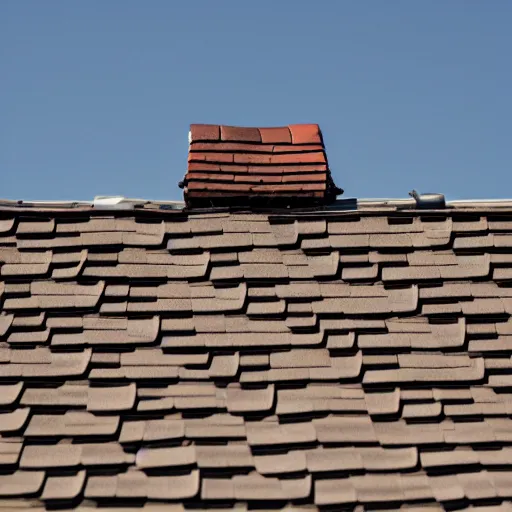
Age and Wear
Lastly, the age and wear of your roof can contribute to leaks. Over time, roofing materials naturally deteriorate, losing their effectiveness in keeping water out.
The constant exposure to the elements, UV rays, and temperature fluctuations can weaken the roof's integrity and make it more susceptible to leaks.
Conclusion
Now you're familiar with the common causes of a leaking roof. From damaged shingles and faulty flashing to clogged gutters and poor ventilation, each culprit can result in unwanted drips and water damage.
If you suspect a leak, it's essential to address the issue promptly to prevent further damage to your home. Remember, if you're unsure or the repair seems complex, it's always best to consult a professional roofing contractor for expert assistance. Here's to a leak-free roof and a dry, protected home!

